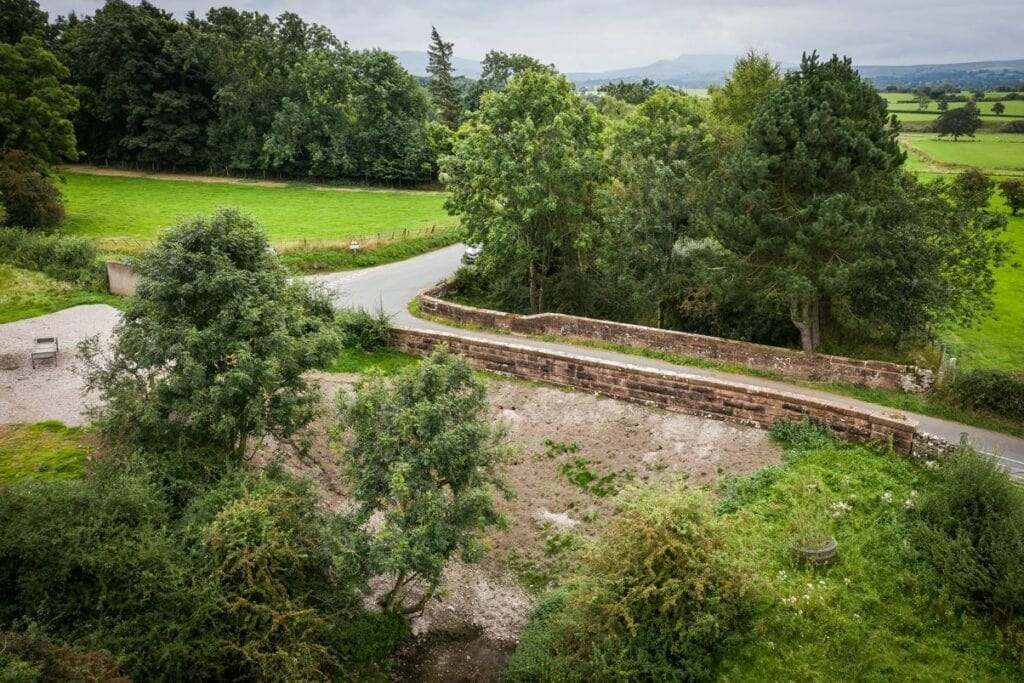
Staff at a heritage railway which had extension plans dented by National Highways’ infilling of a historic bridge have expressed disappointment after the company refused its request to make use of some of the infill material when it is removed later this year to comply with a planning enforcement notice.
Since the 1990s, the Stainmore and Eden Valley railways have been intending to reconnect their operations by laying five miles of track between Kirkby Stephen and Warcop.
But the ambitious proposal suffered a setback in 2021 when National Highways buried a bridge over the line at Great Musgrave in more than 1,600 tonnes of stone and concrete.
The state-owned roads company was criticised for what engineers, politicians and campaigners described as “cultural vandalism”. It was forced to apply for retrospective planning permission after pursuing the infill scheme under emergency permitted development rights that only last 12 months.
The application was rejected by Eden District Council in June — with 911 people submitting objections — and the bridge has to be restored to its previous state by October 11 this year.
Infilling cost £124,000 and National Highways has earmarked a further £431,000 to remove the material and carry out any other necessary repairs. Prior to the work, the bridge had a few minor defects of no structural consequence.
By September, the Stainmore Railway Company intends to provide a second car park at its base as part of preparations for an event being organised with the town council — “Kirkby Stephen in the 40s” —which will involve a number of sites throughout the area.
“We’re going to need about 200 tonnes of stone,” said Mike Thompson, the railway’s project manager. “Buying it would be a significant expense for us, so we thought National Highways would be keen to help.”
A request was sent on February 28 but, two days later, National Highways told the railway: “Unfortunately we will be unable to offer you any of the infill material as it has already been found a home as part of the scheme negotiations that have been under way, enabling us to deliver the project at the best value for the taxpayer.”
“They’ve missed an opportunity to win back some goodwill here”, said Mr Thompson. “We would happily have promoted their donation of stone to the project.
“To make the argument that they want to get best value for public funds is a bit rich given the amount of money they’ve wasted on this unnecessary infill scheme. We’re disappointed by their attitude.”
National Highways’ head of the historical railways estate programme, Hélène Rossiter, said: “When Stainmore Railway Company contacted us on February 28, we had already reached an agreement with the landowner of a neighbouring farm to reuse the material.
“We wanted to make best use of the material and also minimise the cost and environmental impact of moving it longer distances.
“In return, the landowner is helping to make the work possible by allowing us to use his land to access the structure.”































